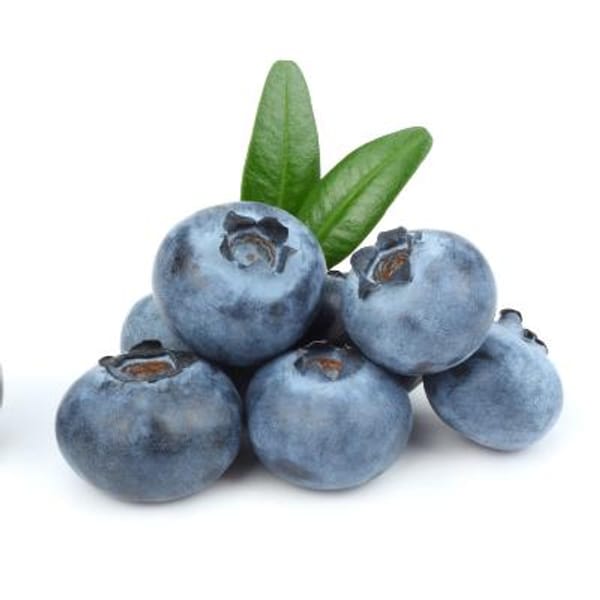- Jubilee blueberries were developed in Mississippi, where they have distinguished themselves by performing well in heavier soils through the summer heat and sudden winter cold.
- We especially like the upright, compact bush of the Jubilee blueberry bush, and the easy-to-pick crops of berries presented over the outer periphery of the bush.
- Jubilee berries are medium-sized and especially tasty, growing in large clusters that ripen over a two-week period.
- Jubilee blueberries produce fall foliage, which is yellow-orange.
- Height at maturity: 4'-7'
- Jubilee is recommended throughout the South and in California areas that receive at least 500 chilling hours.
- As a guideline with blueberries, plant two different blueberry varieties together for a maximum harvest.
- Best for USDA 5-9 zones
- By law, we can not ship blueberry plants to Georgia.
- Click here to see our Berry Variety Chart
- Check out our Blueberry Growing Guide (pdf)
-
See G&B Organics Blueberry, Azalea & Camellia Fertilizer (4-5-2)









